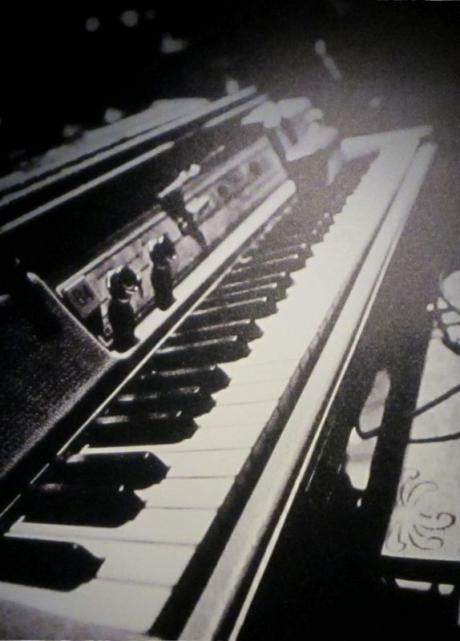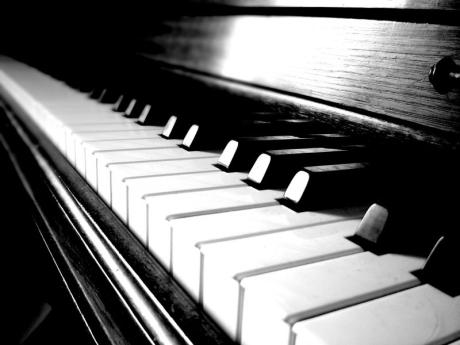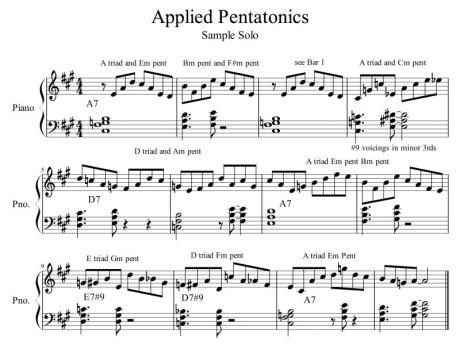Rock Organ VI - workshop
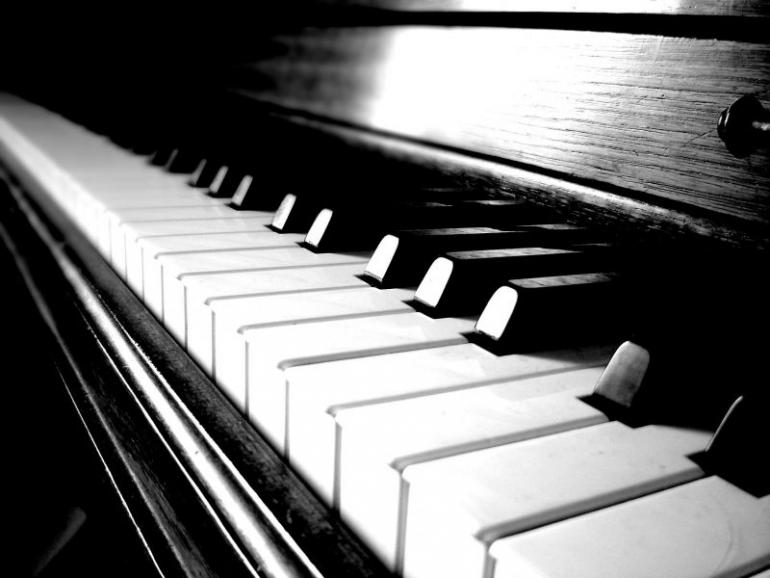
Čtenáři, možná vás zaskočí, že na českých stránkách nacházíte anglický text. Není to chyba. V současné době pro časopis Muzikus píše newyorkský klávesista a pianista Brian Charette. A tak jsem si v redakci řekli, že bychom mohli něco udělat pro zlepšení vašich znalostí angličtiny. Určitě nám dáte za pravdu, že angličtina se na pódiích objevuje stále častěji a potřeba domluvit se na pódiu i v zákulisí se stane brzy samozřejmosti. Proto zde naleznete originální verzi přímo od Briana a na stránkách časopisu Muzikus v čísle 11/2013 článek přeložený Petrem Štikou. Navíc zde máte audio ukázky, které do časopisu jaksi přeložit neumíme. Enjoy reading!šéfredaktor časopisu Muzikus Ing. Vladimír Švanda
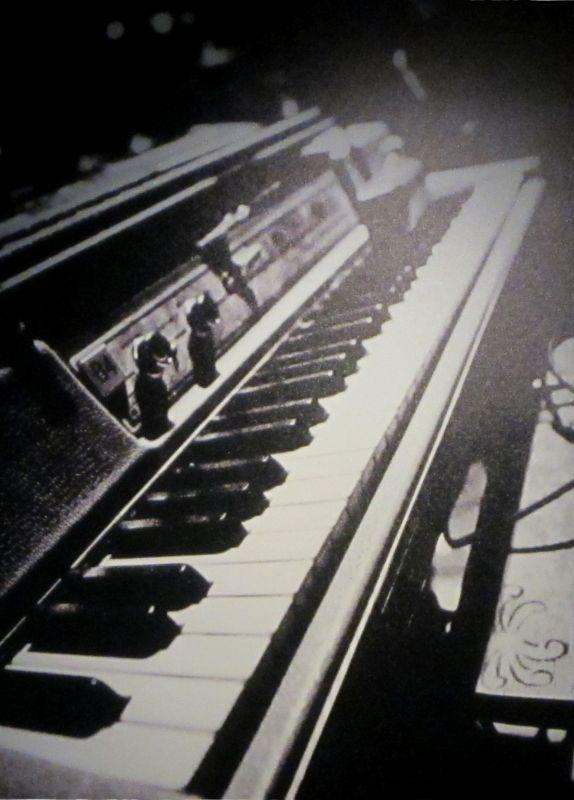
This month's article is a continuation of last month's where I gave a chart of different chords and corresponding minor pentatonic scales to be used for soloing. Please refer to the last article for an in-depth explanation of the techniques. In this lesson, we will construct a piano solo over a common A Blues progression similar to one that you could play on a gig. The right hand ideas are made up of triads and minor pentatonic scales exclusively. The left hand comping chords come from the corresponding mixolydian scales for each chord. In the few instances where we play altered chord voicings, there are slight variations which we will discuss. I will go bar by bar to tell you exactly what I'm thinking.
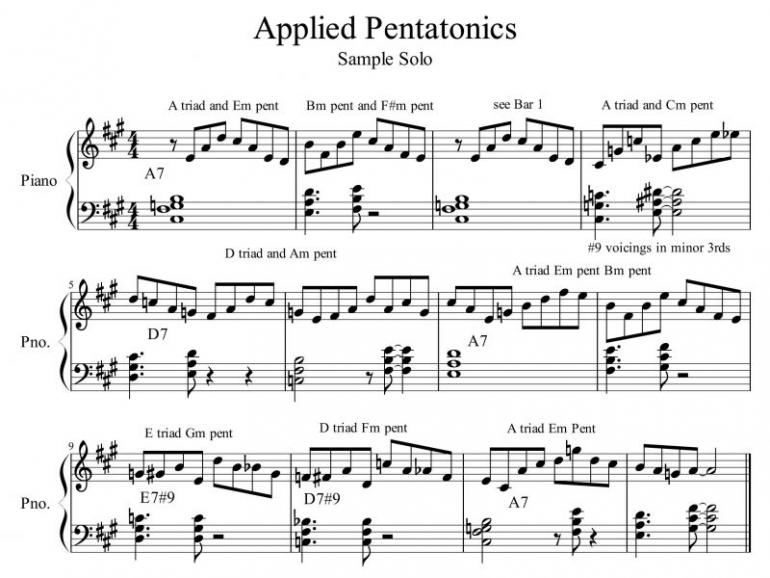
Bar 1: Starts with 3 notes from the E minor Pentatonic scale (Em pent) voiced in 4ths. As the line descends we outline an A major triad. The bar ends with a "d" note also from Em pent. Remember on Dom 7th chords we can play minor pentatonics built off the 2nd, 5th, and 6th scale degrees (in A: Bm pent, Em pent, F#m pent). The left hand voicing comes from the A mixolydian scale (A, B, C#, D, E, F#, G, A). Go for strong chord tones like the 3rd and flat 7th) in your voicings. We also add the 13th (F#) and 9th (B) for color.
Bar 2: Combines 2 pentatonic scales; Bm pent and F# mi. Notice how we form 4th shapes with our lines. This gives our solo it's very modern flavor. the first 4 notes are from Bm pent and the 2nd group of 4 notes are from F#m pent. Try to learn each pentatonic very well so you can effortlessly switch between them. In this way, interesting intervals are automatically created. Our left hand chords come still from A Mixolydian voiced in 4ths. As an excercise, try voicing chords in 4ths up and down mixolydian scales in all 12 keys. These shapes can also be played as arpeggios and used for lines in the right habd.
Bar 3: Same idea as Bar one. Don't be afraid to use a motive again and again to give your solo a tuneful quality.
Bar 4: Here we get a little Blazen. By combining an A major triad with a Cm pent scale we get a nice altered tension that will resolve in the next bar when we get to the D7 chord. The shape of the left hand chords is taken from the Diminished Scale (A, Bb, C, C#, D#, E, F#, G, A) and moves in minor thirds (see last months section on diminished and altered chords). Try to disguise the A triad and Cm pent by switching from one to the other often and not playing either straight up and down.
Bar 5-6: Employs the same techniques from Bars 1-3. We just move everything up a 4th to D. The left hand chords are 4th shapes based on D mixolydian (D, E, F#, G, A, B, C, D).
Bars 7-8: Same techniques as the first few bars, this time in the original key center; A. Left hand voicings; 4th shapes from A Mixolydian.
Bar 9-10: More Altered sounds. for E7#9 mix an E triad with Gm pent. The voicing comes from E Mixolydian, except for the #5 in the top note in the L.H. This helps accentuate the altered sound. Bar 10 is the same as Bar 9, just down a step.
Bar 11-12 Same techniques from Bars 1-3. we play a few different voicings but all the notes are from A Mixolydian.
